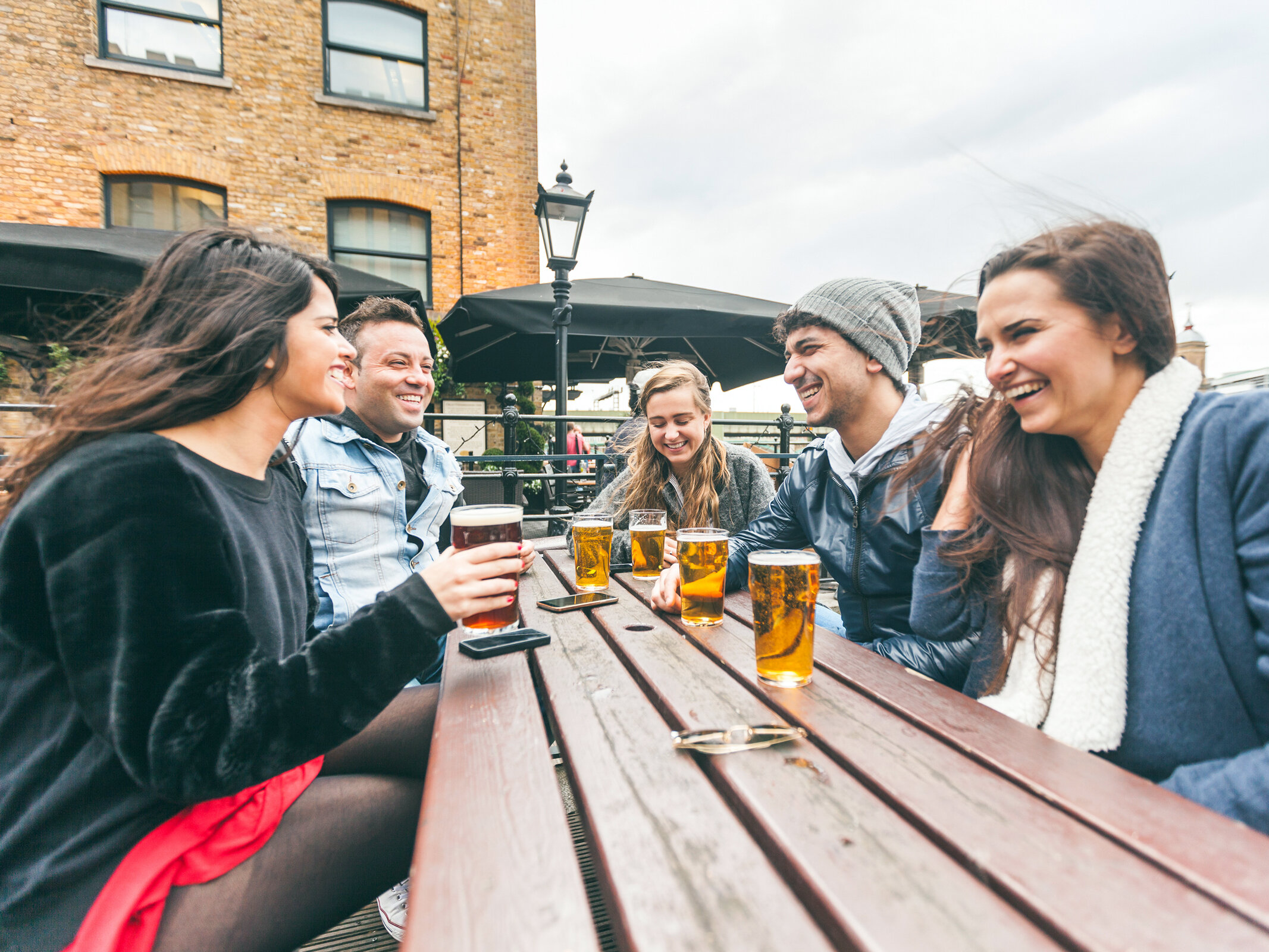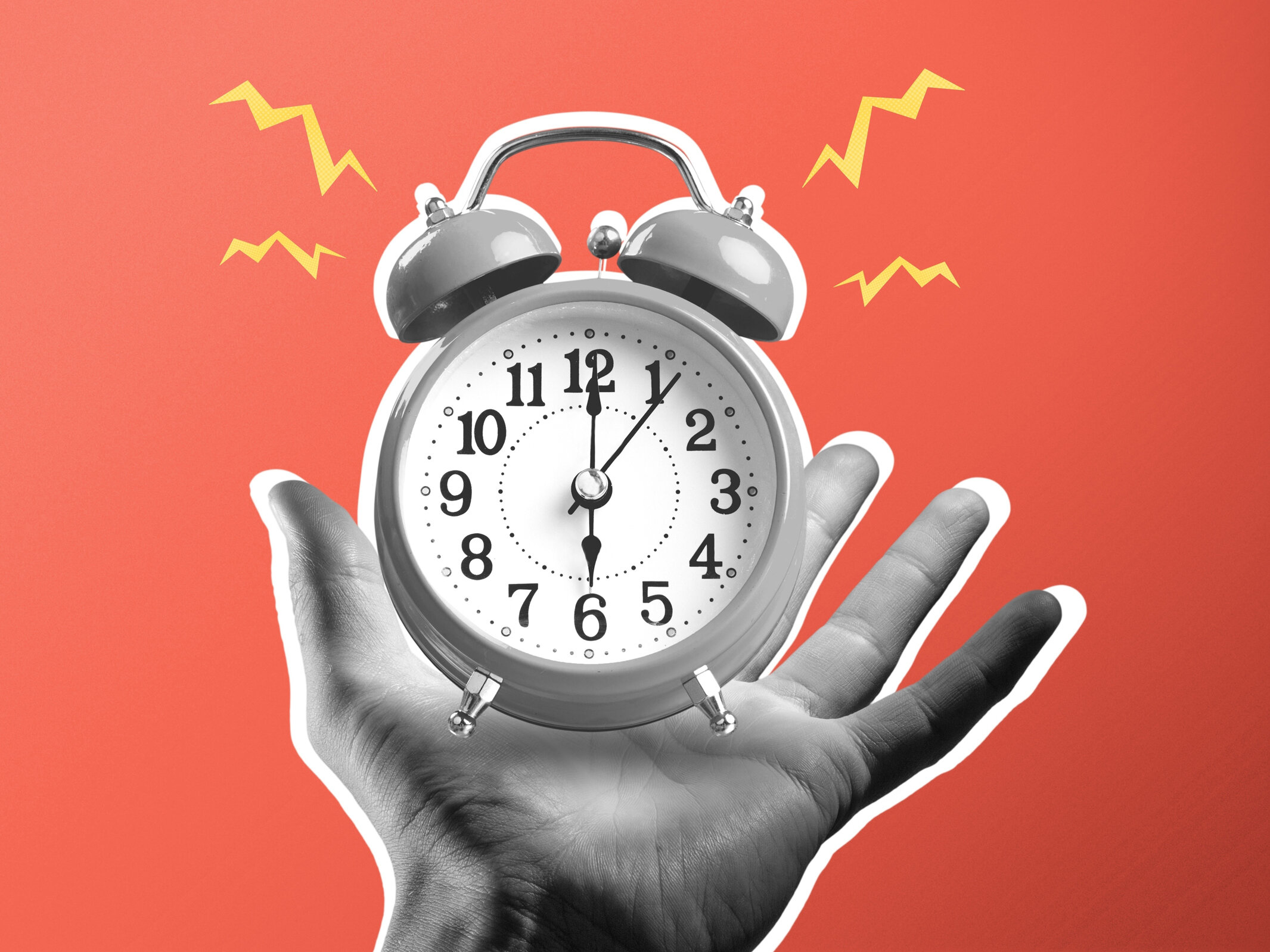
We’ve been sent some photos with people in them, can we use these photos on our website?
Think a verbal 'OK' is enough? Why you need a signed ‘Model Release’ for all your marketing photos.
A ‘Model Release’ is a legal document that grants you permission to publish and use a person’s image or likeness on your website, in marketing materials and in print. Think of it as a formal agreement between you and the individual in the photograph or video. Model Release is crucial for protecting yourself from potential legal issues down the road.
When you absolutely need a Model Release
The primary factor determining the need for a Model Release is the intended use of an image or video. If your work is for commercial purposes, meaning it will be used to sell or promote a product, service, or idea, you almost always need a signed Model Release from any identifiable person in the shot.
Examples of commercial use include:
- Advertising: print ads, billboards, social media campaigns, and television commercials
- Marketing materials: brochures, flyers, websites, and product packaging
- Corporate use: images used in company presentations, reports, even internally – or on a website
Even if the person is not a professional model and is a friend or family member, a Model Release is still necessary for commercial use. It’s also important to note that a person can be ‘identifiable’ even if their face isn't perfectly clear. Distinctive tattoos, clothing, or even a unique silhouette can sometimes be enough to identify someone.
When you might not need a Model Release…
For editorial use, which involves using images for news, educational, or informational purposes, a Model Release is often not required, especially if the photograph was taken in a public place. This falls under the umbrella of freedom of the press and expression.
Examples of editorial use include:
- News articles: Both in print and online.
- Documentaries and educational films.
- Textbooks and academic journals.
- Fine art photography: e.g. displayed in a gallery or sold as a print for personal enjoyment.
However, the line between editorial and commercial use can sometimes blur. For instance, if a photograph from a news story is later used in a commercial advertisement, a Model Release would then be required.
Do I need ‘Model Release’ for my company Facebook page?
If your company is planning to feature photographs of an event on its Facebook page, securing Model Releases from identifiable individuals in the images is a crucial step to avoid potential legal issues. While the context of an event may seem editorial in nature, using these photographs on a corporate social media platform is typically considered commercial use, making consent a legal necessity.
The key distinction lies in the purpose of the photograph’s use.
- Editorial use generally refers to images used for news reporting, educational purposes, or public interest stories, where the primary goal is to inform. In these instances, a Model Release is not always required, particularly if the photograph was taken in a public place.
- However, when a company posts images on its Facebook page, the underlying purpose is almost always commercial. These posts contribute to the company’s brand promotion, marketing, and ultimately, its financial interests. As such, any individual whose likeness is recognisably featured in these photographs has a right to control how their image is used for commercial gain.
Under UK law, the use of a person's image without their consent for commercial purposes can lead to claims of breach of privacy and, in some cases, a breach of the Data Protection Act 2018 (which incorporates the GDPR). A person’s photograph is considered their personal data, and businesses have a legal obligation to process this data lawfully, fairly, and transparently.
Special considerations
There are a few specific situations where a Model Release is particularly important:
- Children: if the person in your photograph is under the age of 18, you must obtain a signature from their parent or legal guardian
- Groups: for photographs with multiple identifiable individuals, you'll need a signed release from each person if the image is used commercially
- Private property: if you are shooting on private property, in addition to a Model Release, you may also need a property release from the owner of the location
Conclusion
In essence, it's always better to be safe than sorry. If you have any doubt about whether you'll need a Model Release, it's a good practice to just get one signed anyway. This proactive step can save you from potential legal headaches and financial repercussions in the future.
Below is an example of a standard Model Release form. You can find many similar templates online from reputable sources like Getty Images, The Royal Photographic Society, or legal document websites.
Disclaimer: This is a general example for informational purposes and not legal advice. The specific requirements for a model release can vary depending on your location and the specifics of the photoshoot. It's always a good idea to have a legal professional review your release form to ensure it meets your needs.



